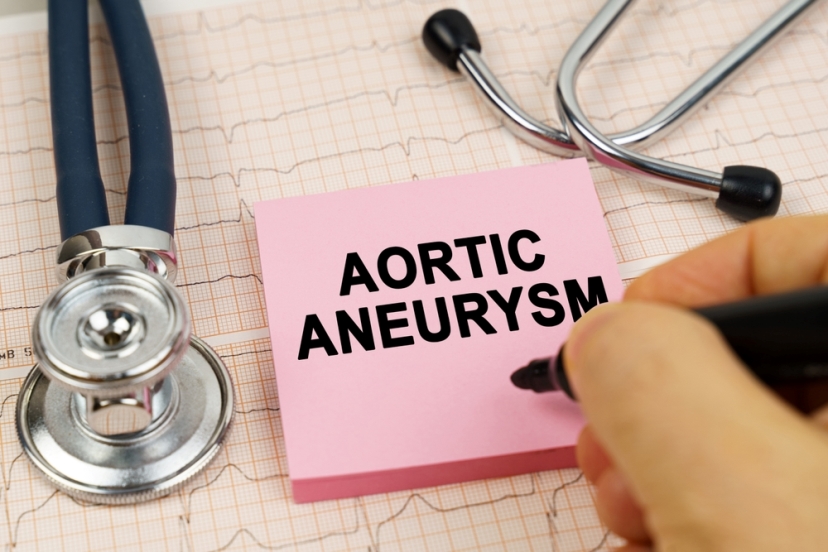Treatment of Aortic Aneurysm

The aorta begins from the heart and ends in the abdominal cavity at the level of the navel. Sometimes, pathological conditions can occur in multiple locations of the aorta and arise from various causes. Therefore, good treatment planning is important for the patient's safety.
Principles in the Treatment of the Aorta
In general, doctors will treat the part of the aorta near the heart first, and will treat the part that is about to rupture, which usually presents with symptoms, or the part that is larger in size first.
Before treatment, the patient will undergo a CT scan to allow physicians to clearly visualize the full pathology of the aorta. This imaging helps guide a step-by-step treatment plan. Treatment may be performed at multiple sites simultaneously or staged over time, depending on clinical appropriateness.
Hybrid Treatment of the Aorta
There are several methods for treating the aorta, depending on the size, symptoms, causes, and location of the disease. In some parts of the aorta, treatment can be performed using a stent graft, while in other parts, open surgery often yields better results. Therefore, doctors may choose to use a hybrid treatment approach by combining both methods and arranging the sequence accordingly, to achieve good treatment outcomes and ensure the patient's safety.
Individualized Treatment Procedures
For example, a 69-year-old female patient presented with severe back pain and a history of hypertension for over 10 years. A computed tomography (CT) scan revealed an aortic dissection in the descending thoracic aorta extending down into the abdominal cavity. It was also found that the abdominal aorta, below the level of the renal arteries, was aneurysmal, with a diameter of 5.3 centimeters. Coronary angiography showed normal results, and the patient's kidney function was normal, allowing treatment to proceed to the next stage.
In this case, the doctor first treated the descending thoracic aorta by placing a stent graft through the left groin artery. After treatment, the patient’s back pain improved, but she experienced severe abdominal pain. Therefore, the doctor performed open abdominal surgery to replace the abdominal aorta with a synthetic graft by making an incision in the abdomen. The reason stent graft placement could not be used in the abdominal area was because the wall of the abdominal aorta below the kidneys had separated into two layers. In this case, the surgery was successful and performed on the third day after the initial treatment. The patient recovered well and was discharged 7 days after the surgery.
After the surgery, a follow-up CT scan showed thrombus formation along the thoracic aortic wall, reducing the risk of rupture. Blood flow to the abdominal organs returned to normal, and the abdominal pain disappeared after surgery. In conclusion, the treatment of this complex aortic disease involving multiple levels of pathology was performed safely, with good outcomes and minimal complications, thanks to the well-planned combination of both treatment methods and the proper sequencing of care.


